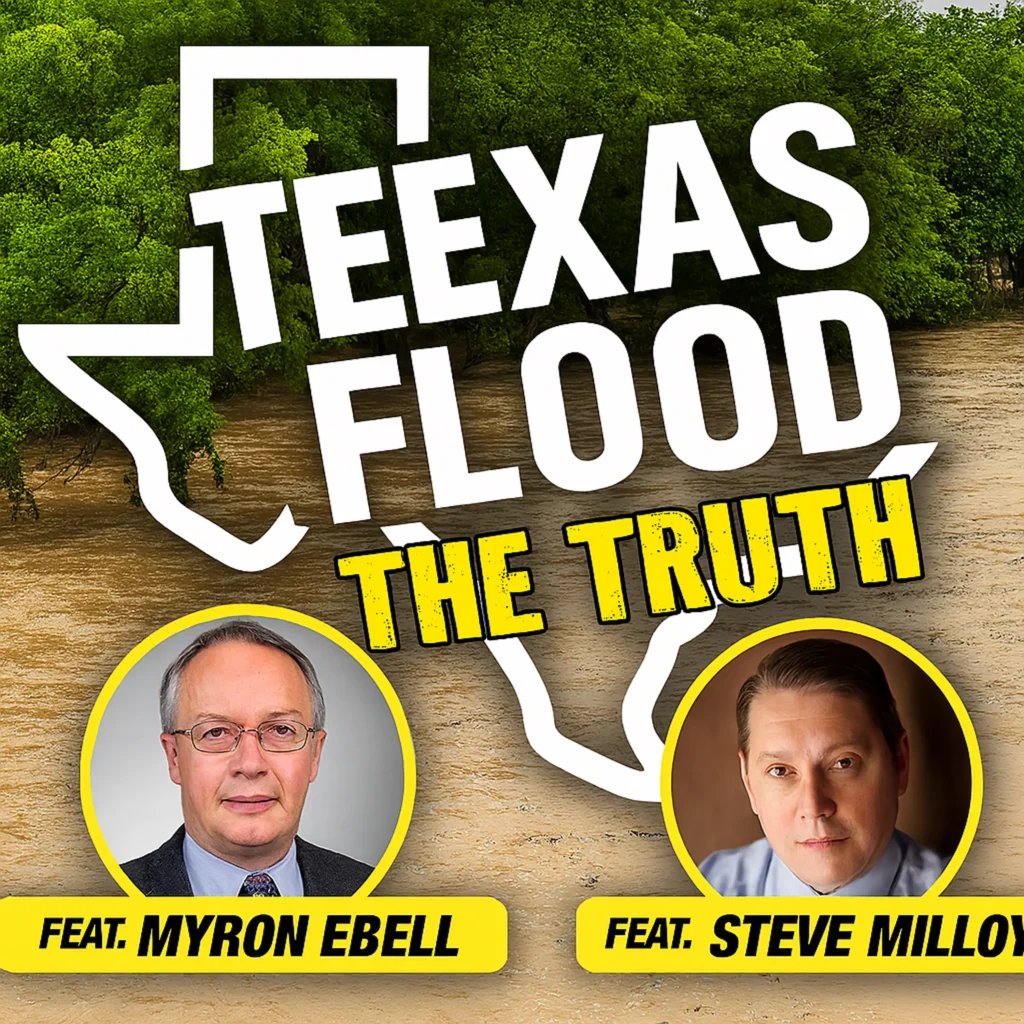More ammunition for the anti-smoking crowd will soon be released in a new book from MIT Press, The Price of Smoking.
According to prepublication reports, the authors–Duke University economist Frank Sloan and four colleagues–estimate the actual costs of smoking at nearly $40 per pack. That includes roughly $33 for reduced life expectancy and tobacco-related disabilities among smokers, $5.44 for the costs of secondhand smoke, and $1.44 for pooled-risk programs like Medicare, Medicaid, group life insurance, and sick leave.
Regrettably, the data will be exploited by zealots to stop the rest of us from making our own decisions about cigarettes. That’s why it’s important to understand what is behind the estimated $40 cost and the public policy implications of Sloan’s work. Assuming the numbers are accurate, their principal utility lies in helping private parties make rational choices, not in promoting yet another anti-tobacco crusade.
Externalized Costs a Valid Concern
For starters, the authors properly distinguish between $33 of costs incurred by each smoker, which can be averted by not smoking, and about $7 of costs imposed by smokers on others, which economists call externalities. The lesson here is crucial: With respect to the $33 component, decisions about smoking are voluntary, private matters. We do not need government making those decisions for us.
Externalized costs are different. Consider, for example, secondhand smoke. Some nonsmokers have illnesses–such as asthma or bronchitis–that are exacerbated by secondhand smoke. Still, those nonsmokers have an obvious remedy: Do not hang around places where smokers light up. On private property, this would mean the owner should determine whether to admit smokers, nonsmokers, neither, or both. Persons who objected to the policy of any particular property owner could go elsewhere.
To be sure, however, not all property is private. Government-owned property, for example, belongs to the taxpayers, most of whom are nonsmokers. They should not be required to leave their own property to escape offensive smoke, especially in locations that do not afford ready means of egress, such as reading rooms in public libraries, waiting rooms in public hospitals, and elevators in government office buildings. But at locations that are not particularly confining, such as public beaches, visitors can steer clear of smoke by taking a step or two away or can avail themselves of smoke-free areas.
Most Externalized Costs Easily Avoidable
In other words, very little of Sloan’s estimated $5.44 cost of secondhand smoke justifies additional anti-smoking regulations. Almost all of that cost is easily avoidable.
Ditto for Sloan’s other “social” costs, which total $1.44 per pack. Basically, smokers are able to impose social costs upon nonsmokers because the government has decided, first, to insure the health care costs of low-income and elderly persons, and, second, to fund the insurance in a manner that does not distinguish between high-risk smokers and lower-risk nonsmokers. If insurance premiums fully reflected the health risk implicit in each policyholder’s smoking habits, no costs would be transferred from smokers as a group to nonsmokers as a group.
Hence, the remedy for tobacco-related costs that deplete Medicaid and Medicare coffers is to increase the “premiums” for smokers or reduce the benefits payable for their illnesses. Taxpayers have a right to demand responsible behavior from persons who receive public benefits.
Moreover, there’s another factor in the equation. It may sound ghoulish, but premature deaths from smoking can generate long-term external benefits in the form of lower retirement and nursing-home costs. Those benefits (less any payroll taxes that would otherwise have been paid by deceased or disabled smokers) are an offset to near-term medical outlays.
“If anything,” concludes Sloan, “Medicare should compensate smokers and tobacco companies, not the reverse.”
Rational Discrimination Against Smokers Would Help
The other major pooled-risk programs are group life insurance and sick leave. In providing those benefits, some employers may have decided that discrimination between smokers and nonsmokers isn’t cost-effective, or perhaps employers fear litigation or are constrained by labor contracts. In any event, the externalized costs of pooled insurance and sick leave are not very large, and the remedy, if one is needed, is to remove legal and contractual prohibitions on such discrimination against smokers.
In a nutshell, then, Sloan and his colleagues have identified three types of costs: private internalized costs, which can be eliminated by choosing not to smoke; externalized costs of secondhand smoke, which can be mostly redressed by recognizing private property rights and providing for smoke-free areas on government property; and externalized costs of pooled risk programs, which can be remedied by permitting rational discrimination against smokers who impose those costs.
Yes, there may be some residual costs for which smokers should be held accountable. But don’t forget that state and federal excise taxes already yield revenues of $.76 per pack, and smokers have been socked with a quarter-of-a-trillion-dollar cost payable to state governments under the terms of the November 1998 Master Settlement Agreement.
In short, even the figures cited in The Price of Smoking show smokers more than pay their way.
Robert A. Levy ([email protected]) is senior fellow in constitutional studies at the Cato Institute (http://www.cato.org) and author of Shakedown: How Corporations, Government, and Trial Lawyers Abuse the Judicial Process (Cato Institute, November 2004). This essay originally appeared in the Chicago Sun-Times.



